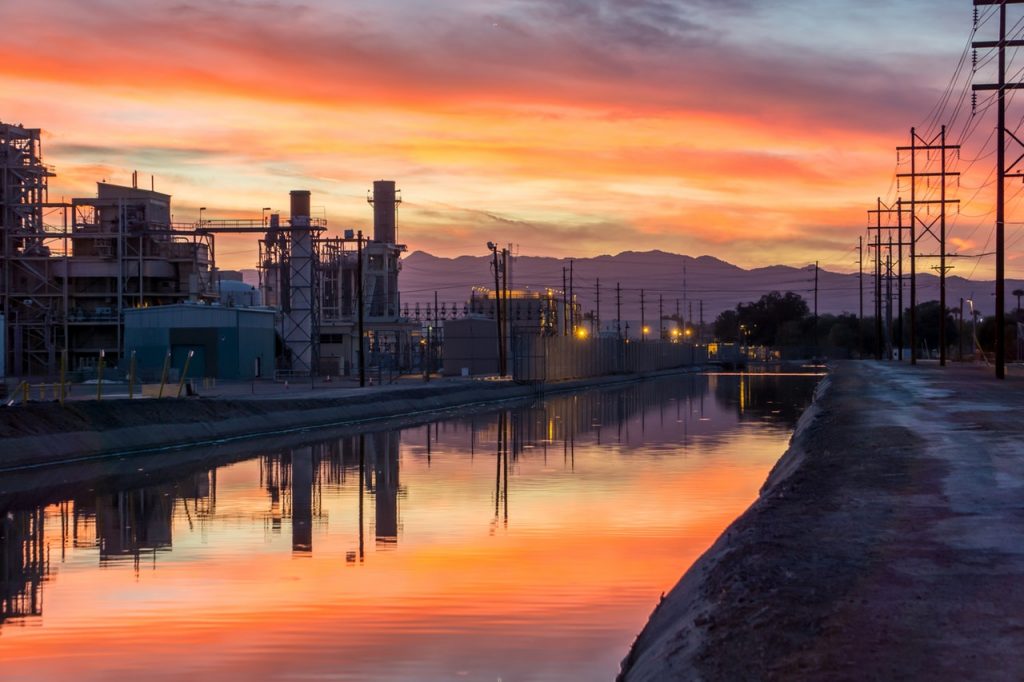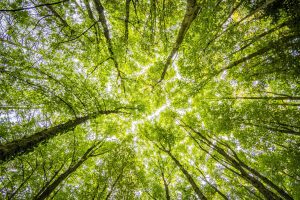Managing trees near power lines

Power lines and energy-producing structures have to cover large areas. Usually, they require large pieces of machinery and structures. It is common as the world needs a continuous flow of energy. It may come in the form of electricity generation or oil and gas extraction. In the recent phenomenon of solar energy and wind energy, they also require large areas that are available in far-off locations. The aspect of large areas requires cutting down trees. The tendency to choose far-off locations also leads to making trees vulnerable. It is required to manage trees near power lines and energy production structures so that these functions do not affect them. It is important that safety rules be followed when cutting down trees. Chainsaw courses teach workers to safely cut down trees.
How Trees are Affected by Power Lines and Energy Producing Structures
It is important to understand how trees are affected by power lines or energy-producing structures. Energy is the basis of corporations and households. Any economy cannot imagine living without it because progress and national growth rely on it. When it comes to the construction of structures for this purpose, trees and natural resources become less important. Evidence indicates that even recyclable sources of energy destroy trees and forests. The extraction of oil and gas also causes negative effects. However, the most devastating factor for the loss of trees is cutting them down for paving the way for energy-producing structures. In another case, power lines have to transmit energy for domestic and commercial use. To take the shortest distance, they have to cut trees coming their way. As a result, trees have to be chopped down, and it affects the natural environment. First aid training should be carried out before removing any trees.

How to Manage Trees
It is an important aspect to consider how to manage trees because energy production already causes pollution to the environment. If it destroys trees, it will further devastate and negatively affect the environment. First, legislation and legal work should consider this important consideration of managing trees. The absence of legal guidance and lack of a law to preserve and manage trees around power lines and energy-producing structures can lead to less attention towards their management. Environmentalists try to protect and manage trees. The government often has to intervene to manage trees for different reasons. For instance, the management of trees may preserve the natural environment and can solve problems for stakeholders of energy production. Owners and managers of energy-producing structures must take measures for the management of trees.
Another way to manage trees is to set clear restrictions regarding them. Some types of trees are rare, and it is not an easy task to grow them. Some trees are centuries old, and they are part of rainforests. Cutting such trees may prove costly because there is no way to return these quickly. It is never convenient to grow them, but cutting them down is very easy. Owners and managers of energy-producing structures and power lines have to think about this fact. An easy trick is to consider the value of trees. Valuable and historical trees must be preserved, and other trees may be cut down. One should observe the same principle when it comes to constructing power lines. It is clear that the management of trees is a more viable option than enforcing a total ban on cutting them down. Taking a hard line to stop cutting any tree is not workable. Managing trees is a viable option, and one should choose it. Legal obligation and moral duty can be the most effective tools to manage trees. Otherwise, energy-producing structures would spoil the environment.







